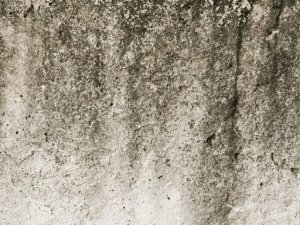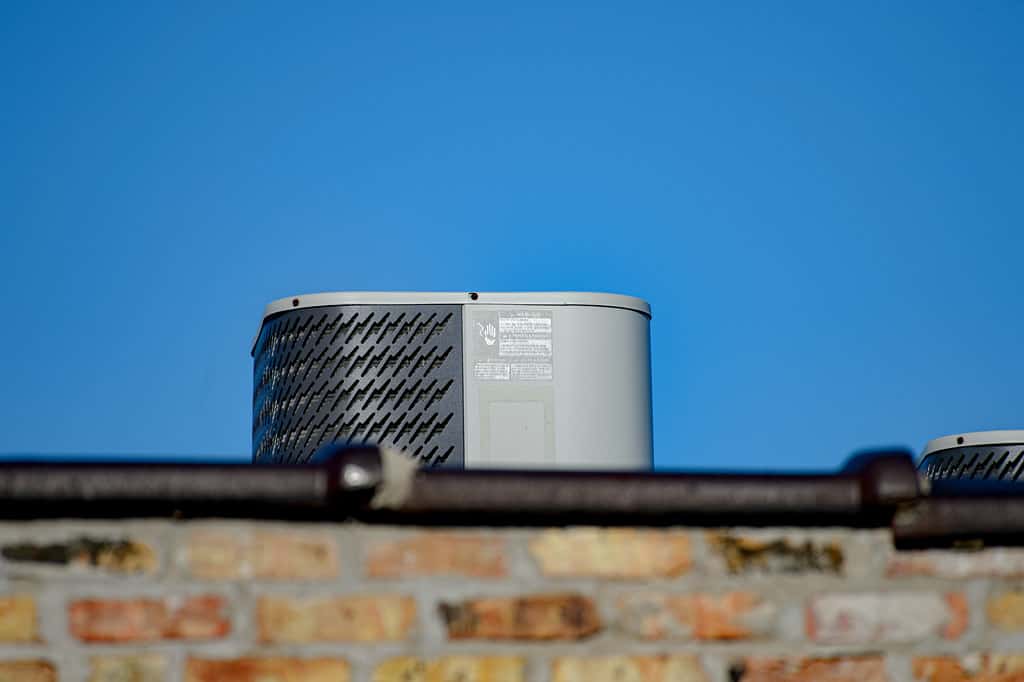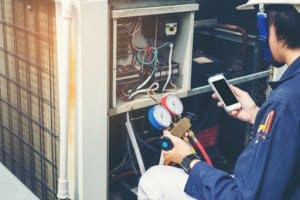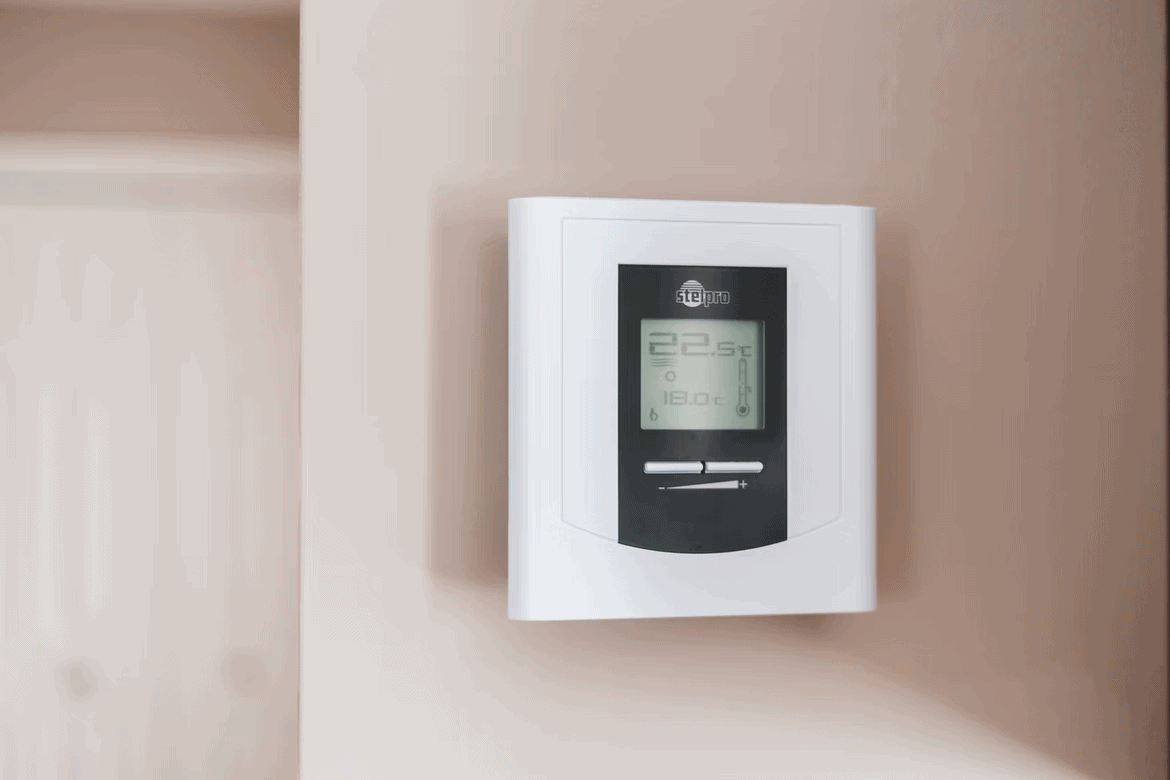Underfloor vs Overhead Air Distribution
Until the 1970s, there was one primary method to deliver ventilation and conditioned air into commercial spaces. The traditional HVAC system, which...
Floor, wall and ceiling mounted to meet your unique project design.

It’s fair to say that indoor air quality is something we only think about when there’s a problem…
Yet the CPSC estimates a whopping 30% of all new and remodeled buildings suffer from indoor air pollution.
The surest way to improve indoor air quality, however, is to treat pollutants at their source - and the best way to do that is through indoor air testing.
Before we get into testing, you’ll need to know what to watch for.
Many of you have probably heard the term sick building syndrome (SBS). SBS is when occupants suffer acute health symptoms or comfort-related effects, which correlate to the amount of time spent inside a building. SBS is often difficult to solve because a lot of people have no idea buildings even cause illness.
Sick buildings are difficult to spot, at least in the beginning. You’ll have to rely mostly on smell, as a sick building may have strong odors of mold or chemicals.
SBS is also usually determined by the symptoms people exhibit. Here are some of the health effects of air quality problems:
Keep in mind, those are only the mild symptoms. Severe cases of sick building syndrome can lead to:
Needless to say, this is serious stuff.
The worst part? We don’t seem to be paying attention.
Which only means one thing -- you need to take responsibility for your health. Whether it’s your home or at work, you’ll need to be aware and proactive when it comes to air quality testing.
Whether a building is old or new, testing its air quality is vital to the health of occupants inside. Many people assume just because a space is new, the air must be clean...but sometimes, it’s exactly the opposite. Here are 5 things to consider:
Almost all monitors will test for particulate matter (like pollen and dust), chemical pollutants and humidity. Some even test for carbon monoxide, carbon dioxide and formaldehyde. IAQ monitors vary in price, depending on features, but generally fall between $100-300.
Unfortunately, there’s no official guideline from the EPA on how much mold is too much. You’ll have to rely on your senses -- if you notice musty smells or see any type of black/greenish growth on drywall or wood (especially around windows), you probably have a mold growth problem.
Excessive mold also triggers asthma and allergy symptoms, so be mindful of coughing, sneezing and breathing issues.
If you’d like to test for mold, it’s best to hire a professional mold specialist. They’re qualified to inspect and remove mold safely. They’ll be able to answer your questions
and offer solutions for removal. You can expect to pay around $300-$400 for a mold specialist to inspect an average-sized home.
Radon exposure, unlike carbon monoxide (CO), won't put you in immediate danger. However, being exposed to high levels of radon over prolonged periods is known to cause cancer. In fact, radon is the leading cause of lung cancer in non-smokers.
You can buy short (48 hour) or long term (3-12 month) radon test kits which are fairly inexpensive, and look like a hockey puck. They sit in your home, away from outdoor air, for a specified amount of time. After the material is gathered, you send it to a lab for testing (results are included in kit price). These kits cost approximately $10-30.
Radon detectors, which are placed on a wall and constantly monitor radon levels, are also available for around $150-$200.
What makes asbestos so dangerous are its fibers. When the material is disturbed, the fibers are released in the air and become trapped in our lungs. Exposure to these fibers can cause pulmonary fibrosis, or a type of cancer known as mesothelioma.
Even though asbestos is common in older buildings, it’s harmless when left untouched. So unless you’re planning to do renovations, you don’t need to remove it.
If you’re renovating a structure older than 20-30 years, you should get it inspected by a certified asbestos expert. Asbestos is classified as a hazardous material and, if found, needs to be disposed of according to local laws and regulations.
A certified asbestos expert can perform professional tests to determine if your building has asbestos, and remove it safely.
As with mold, an easy way to detect VOCs is by smell -- which is especially noticeable in new and freshly-renovated buildings. That ‘new house smell’ is actually harmful VOCs, and can last weeks, months or even years.
When strong enough, they can cause eye/nose/throat irritations, headaches and nausea.
Here are some ways to prevent high levels of VOCs:
Always air out newly-renovated spaces, especially when you’ve painted or used a lot of caulking. Opening windows and running air purifiers/fans will help circulate fresh air in your home.

You might not know this, but your HVAC system may actually be contributing to your symptoms.
Since the 1950s, traditional HVAC systems have remained mostly unchanged. Fast forward 70 years later and they’ve become more expensive and are fundamentally flawed.
Not only that, HVAC systems are a common source of indoor air pollution.
Here are a 4 ways HVAC systems can negatively affect building occupants:
In order to replace traditional HVAC you need to have a system that’s intelligently designed, efficient and able to provide long term cost-savings.
Enter: Underfloor Air Distribution (UFAD).
UFAD is an innovative approach to HVAC that’s quickly growing in popularity among commercial architects and mechanical engineers. And if you’re familiar with engineers, you know they’re drawn to sensible, practical designs.
Instead of working against the laws of physics, UFAD works with it. While traditional HVAC systems push air downwards, circulating harmful particles in your space, UFAD pushes air upwards and out of the room.
Not only does this technique result in better air quality, your energy bill may be reduced by up to 30%.
Indoor air quality is a critical, yet often overlooked component when discussing good health. At its worst, indoor air pollution is capable of causing sickness, cancer and even premature death.
Self-awareness and being wise to the symptoms will go a long way in preventing these problems.
Just remember, you can avoid harmful levels of air pollution if you follow these steps:
Following these steps in this guide to indoor air quality testing makes it easier to assess a sick building, and could help prevent the occupants inside from contracting a long term illness.
If you’d like more information on underfloor air distribution, contact us today - or check out our guide to UFAD. With decades of industry experience, the engineers here at AirFixture can provide guidance on how to improve air quality and reduce your energy costs.

Until the 1970s, there was one primary method to deliver ventilation and conditioned air into commercial spaces. The traditional HVAC system, which...

As one of the leading health issues globally, indoor air pollution poses a very real environmental health concern to home and building occupants -...

With the change of seasons approaching, many property managers need a refresher on local heating and cooling regulations. Property managers need to...